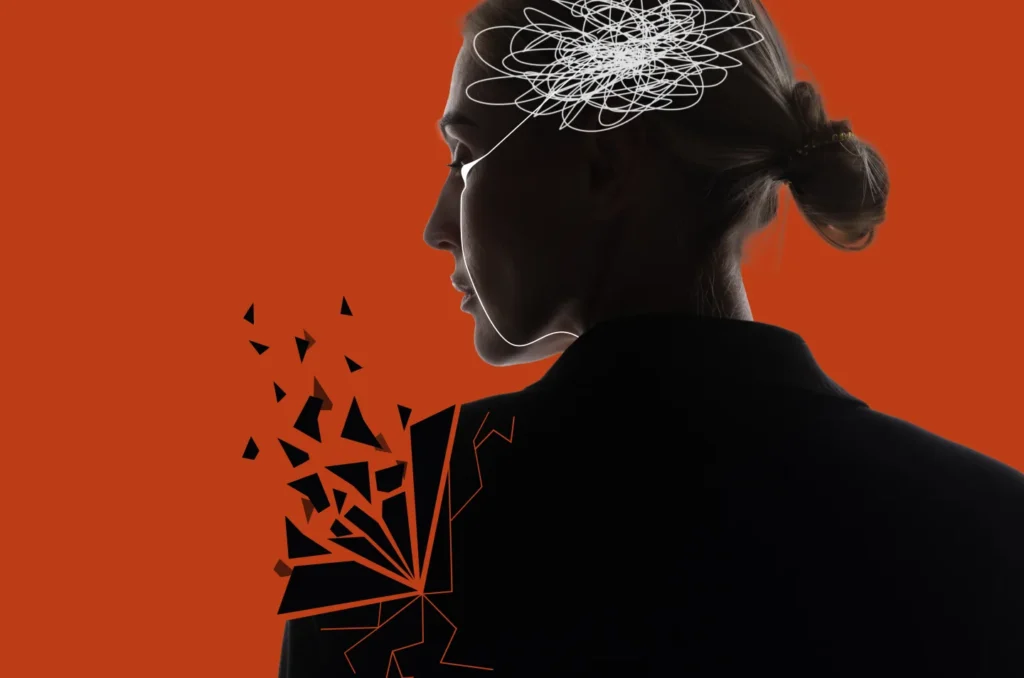
Decades of citizen science are finally translating into clinical trials for psychedelic pain treatments.
Here’s another strange and under-studied prospect of psychedelics: a world without severe chronic pain.
Here’s another strange and understudied prospect of psychedelics: a world without severe chronic pain.
For Court Wing, a former martial artist and CrossFit trainer, the most surprising thing about participating in a 2020 clinical trial at NYU for psilocybin and major depressive disorder wasn’t that his depression — which had resisted treatment for over five years — disappeared. It was that his long-standing chronic pain, something unrelated to the trial’s focus, also disappeared. “Shockingly, I was in complete remission,” he told Vox.
And if you start poking around the internet or psychedelic conferences, a whole subterranean trove of similar stories opens up. An estimated 51 million Americans suffer from chronic pain — excruciating conditions like migraines, phantom limb pains, or fibromyalgia — and often go without effective treatments. But psychedelics like psilocybin mushrooms and LSD seem to offer serious relief.
At least, to people who have access. The Drug Enforcement Administration still considers these psychedelics as illegal Schedule I substances, which means federal law prohibits them from being prescribed as medicines (though states can move ahead anyway, as they have with marijuana).
Most clinical trials in today’s psychedelic “hype bubble” prioritize mental health conditions, which will likely lead to MDMA being approved by the FDA later this year for PTSD treatment. The downside of that singular focus, however, is that those suffering from chronic pain have been left to turn to the psychedelic underground for support.
Still, the rising awareness around psychedelics as potential treatments for mental health has raised their profile across the board, helping to finally generate some traction around other uses too, like pain. A major milestone in that journey is the National Institutes of Health’s announcement last month of a nearly $22 million grant for clinical trials on psychedelic-assisted therapy and chronic pain relief.
The road from funding more trials to doctors being able to legally prescribe psychedelics for chronic pain will likely take years, however. That’s time a lot of people don’t have; the depth of pain in these communities is nearly impossible to imagine. “People in the general public have no reference for this type of pain,” said Wing, who recently co-founded the Psychedelics and Pain Association (PPA). “Not unless they work in the profession, or have someone close to them that has this type of chronic pain, will they get the kind of desperation that’s involved.”
